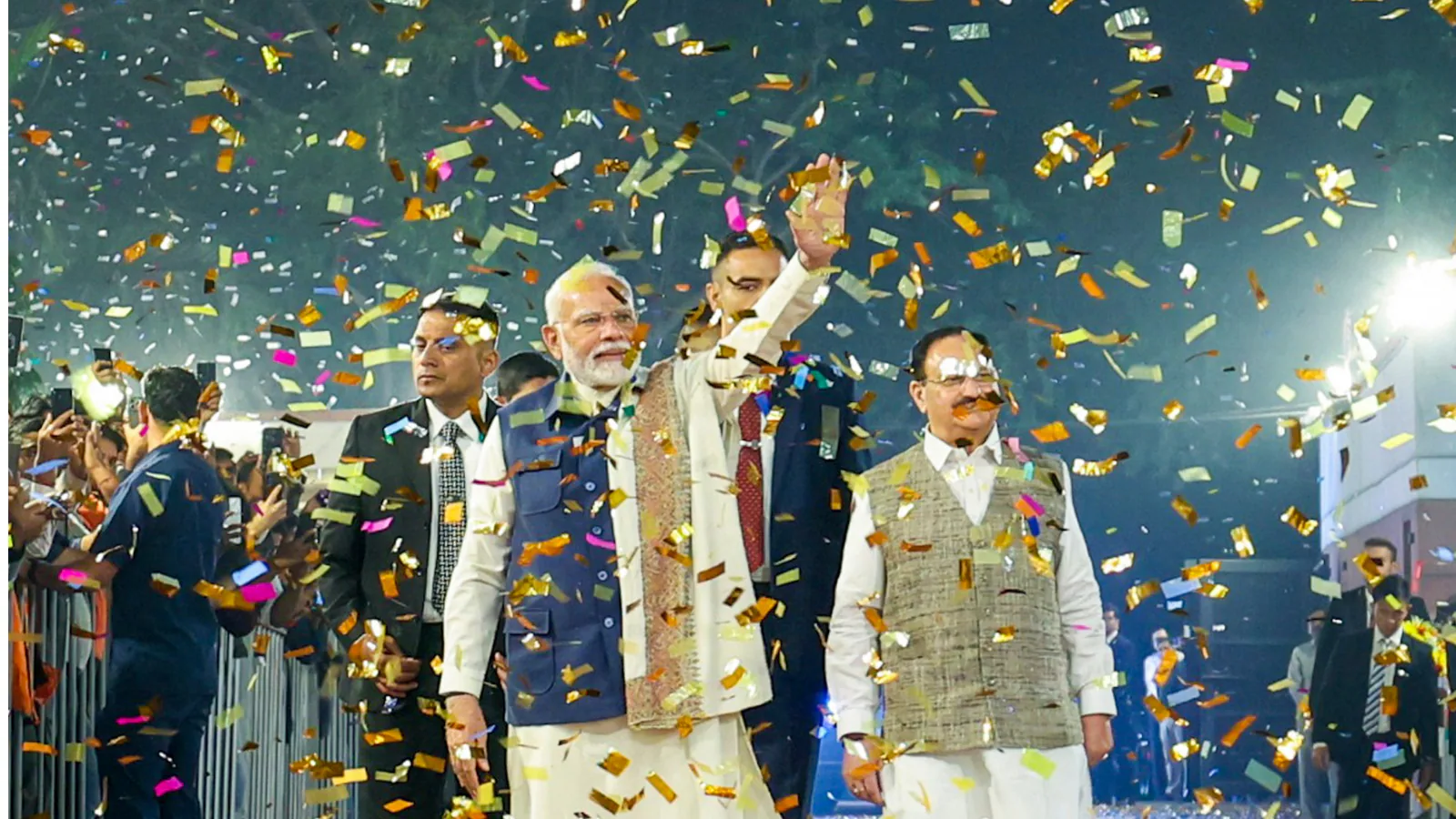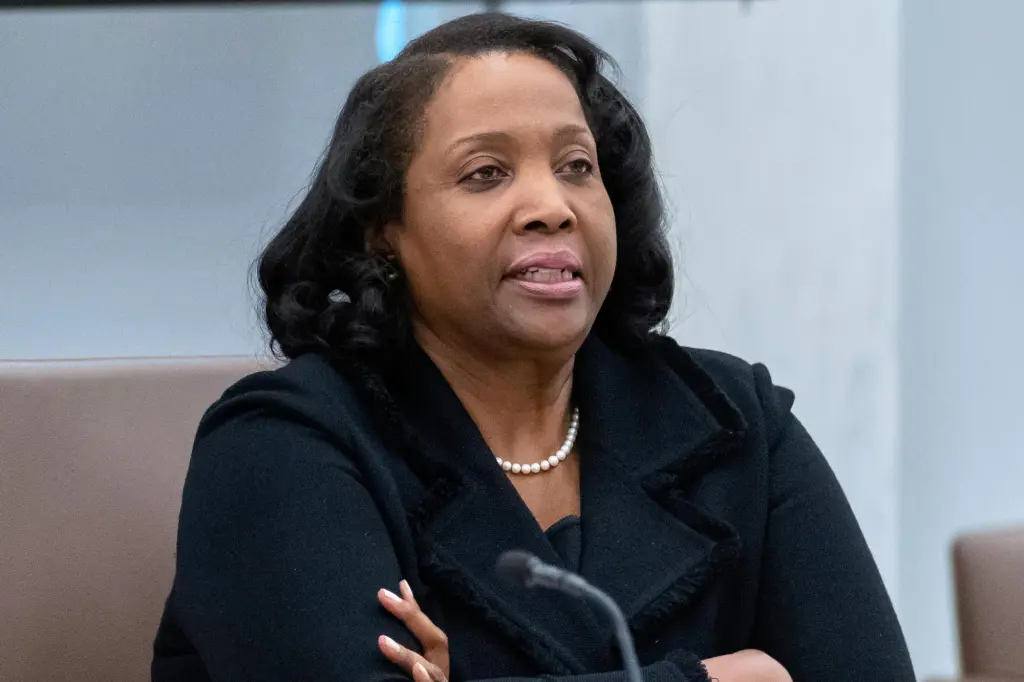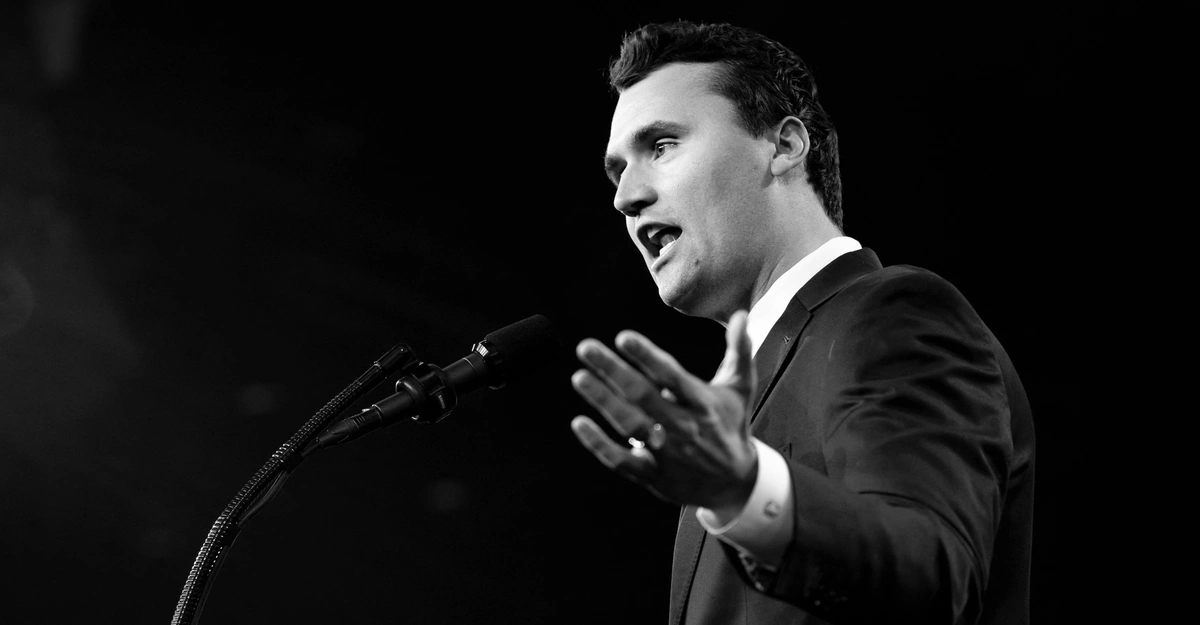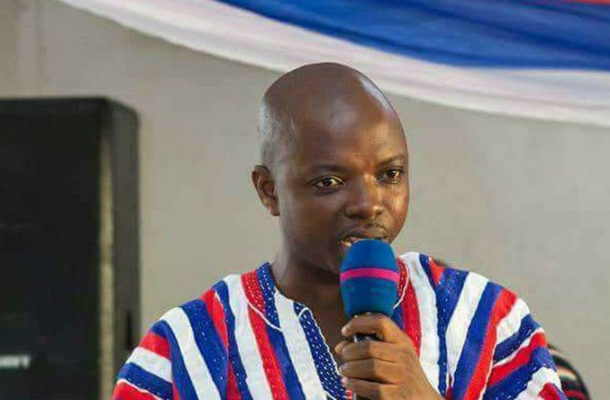By News18,Sanbeer Singh Ranhotra
Copyright news18

As Prime Minister Narendra Modi approaches his 75th birthday on September 17, he faces what may be his most challenging year yet. From navigating punitive 50 per cent US tariffs to managing coalition politics for the first time, the tests before him would break lesser leaders. Yet Modi’s remarkable journey from RSS pracharak to global statesman reveals a consistent pattern: each crisis becomes a catalyst for reinvention and every setback a launchpad for a spectacular comeback.
The tariff war with Donald Trump exemplifies Modi’s crisis-to-opportunity playbook. When the US President imposed crushing 50 per cent duties on Indian goods in August, many expected Modi to capitulate. Instead, he delivered a masterclass in strategic defiance. Rather than bend to Washington’s pressure, Modi declared unequivocally: “Pressure on us may increase, but we will bear it all”. His message was unmistakable: India would not compromise on farmers, small industries, or national interests.
What followed was pure Modi alchemy. Within 24 hours of Trump’s tariff imposition, Brazilian President Lula called to affirm commitment to defending multilateralism. Modi’s National Security Adviser met Vladimir Putin in Moscow. The Prime Minister confirmed his visit to China for the Shanghai Cooperation Organisation summit—his first trip to Beijing in seven years. The world watched as Modi transformed Trump’s economic punishment into diplomatic opportunity, positioning India as the leader of a new global order resistant to Western bullying.
At the SCO summit, Modi stood alongside Xi Jinping and Putin. The images sent the United States into a tizzy. Former US National Security Advisor John Bolton captured the magnitude of Modi’s maneuver: “The White House has set US-India relations back decades, pushing Modi closer to Russia and China”. Trump’s tariffs have inadvertently crowned Modi as the undisputed voice of the Global South.
PM Modi announced the most comprehensive GST reforms since the tax’s inception from the ramparts of the Red Fort on August 15. Within 20 days, his government unveiled “GST 2.0” — a simplified two-slab structure of 5 per cent and 18 per cent, eliminating the complex 12 per cent and 28 per cent categories that had plagued businesses. From paneer to shampoo, from cars to electronics, prices crashed across categories. What began as Trump’s economic warfare became Modi’s “double dose of support and growth” for 140 crore Indians.
The timing was exquisite. The reforms come into effect on September 22 — the first day of Navratri and the traditional start of India’s festive shopping season. Modi has seamlessly turned Trump’s tariff pressure into the most citizen-friendly tax reform in decades. After sweeping corporate and income tax, a massive overhaul of GST to spur consumption was but expected. The move will benefit every segment of society: farmers paying less for agricultural implements, students saving on notebooks and pencils, families spending less on daily essentials.
This transformation reflects deeper patterns in Modi’s leadership journey. The 2002 Gujarat riots, which nearly ended his political career, ultimately became the crucible that forged his governance philosophy. Facing international isolation and domestic criticism, Modi rebuilt Gujarat as India’s most prosperous state, creating a development model that would catapult him to national leadership.
Similarly, the COVID-19 pandemic showcased Modi’s crisis management acumen. While critics focused on immediate challenges, Modi launched the world’s largest vaccination program, covering India’s entire 1.4 billion population. He transformed a global health crisis into an opportunity for “Atmanirbhar Bharat.” The pandemic that critics predicted would doom his government instead demonstrated India’s resilience under his leadership.
The 2024 election results, which reduced the BJP to 240 seats and forced coalition government for the first time in a decade, were initially seen as Modi’s political obituary. Opposition leaders gleefully predicted mid-term elections. Yet within a year, Modi had orchestrated one of the most stunning political recoveries in Indian democracy. The BJP swept Haryana, Maharashtra, and Delhi—winning its first assembly victory in the national capital since 1998.
Modi’s management of coalition politics defied skeptics who questioned whether the domineering leader could adjust to power-sharing. The passage of contentious legislation like the Waqf Amendment Bill demonstrated that coalition constraints hadn’t weakened his political will. More recently, the CAA cutoff date has been extended to December 2024 – showing again how the BJP’s ideological agenda is well on track.
On the global stage, Modi’s third term has established him as the sole world leader willing to stand up to Trump’s economic nationalism. While European leaders sat meekly in Trump’s office like deputies before a ‘king,’ Modi refused to even take the American President’s calls. This principled defiance has won admiration worldwide, with global approval ratings consistently placing PM Modi at 75%—ahead of every other democratic leader.
Modi’s emergence as the Global South’s champion represents his most significant geopolitical achievement. His attendance at the SCO summit signals India’s pivot toward a multipolar world order. At 75, he’s not just India’s Prime Minister but the architect of an alternative global system that prioritises sovereignty over submission.
As Modi enters his 75th year, his critics’ retirement predictions ring hollow. With India projected to become the world’s third-largest economy during his tenure and his global stature at unprecedented heights, Modi political mortality shows no signs of waning.
The man who turned the Gujarat earthquake into an infrastructure revolution, demonetisation disruption into digital transformation, and now Trump’s tariffs into tax relief, approaches 75 not as an aging politician but as a leader in his prime. At an age when most leaders contemplate legacy and retirement, Modi is busy writing new chapters.
In a world increasingly defined by authoritarian pressure and economic nationalism, Modi at 75 stands as proof that principled defiance, strategic patience, and unwavering focus on national interest remain the most powerful tools of statecraft. The boy from Vadnagar who sold tea at railway stations now serves tea to world leaders on his terms — a journey that perfectly embodies the indomitable spirit of the India he represents.



